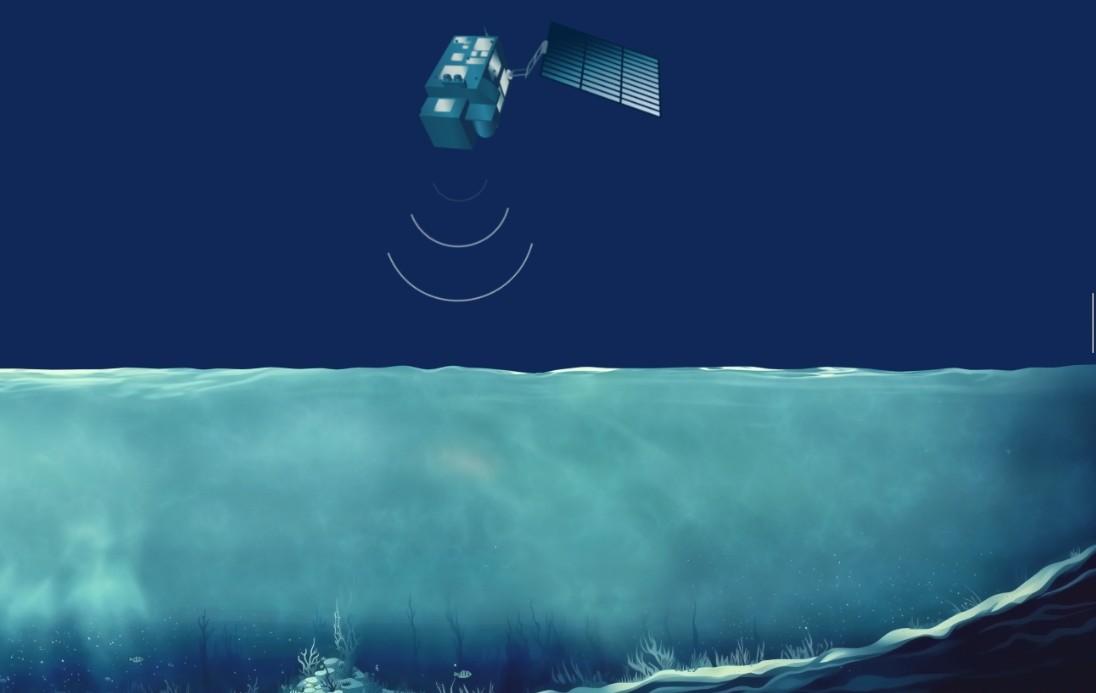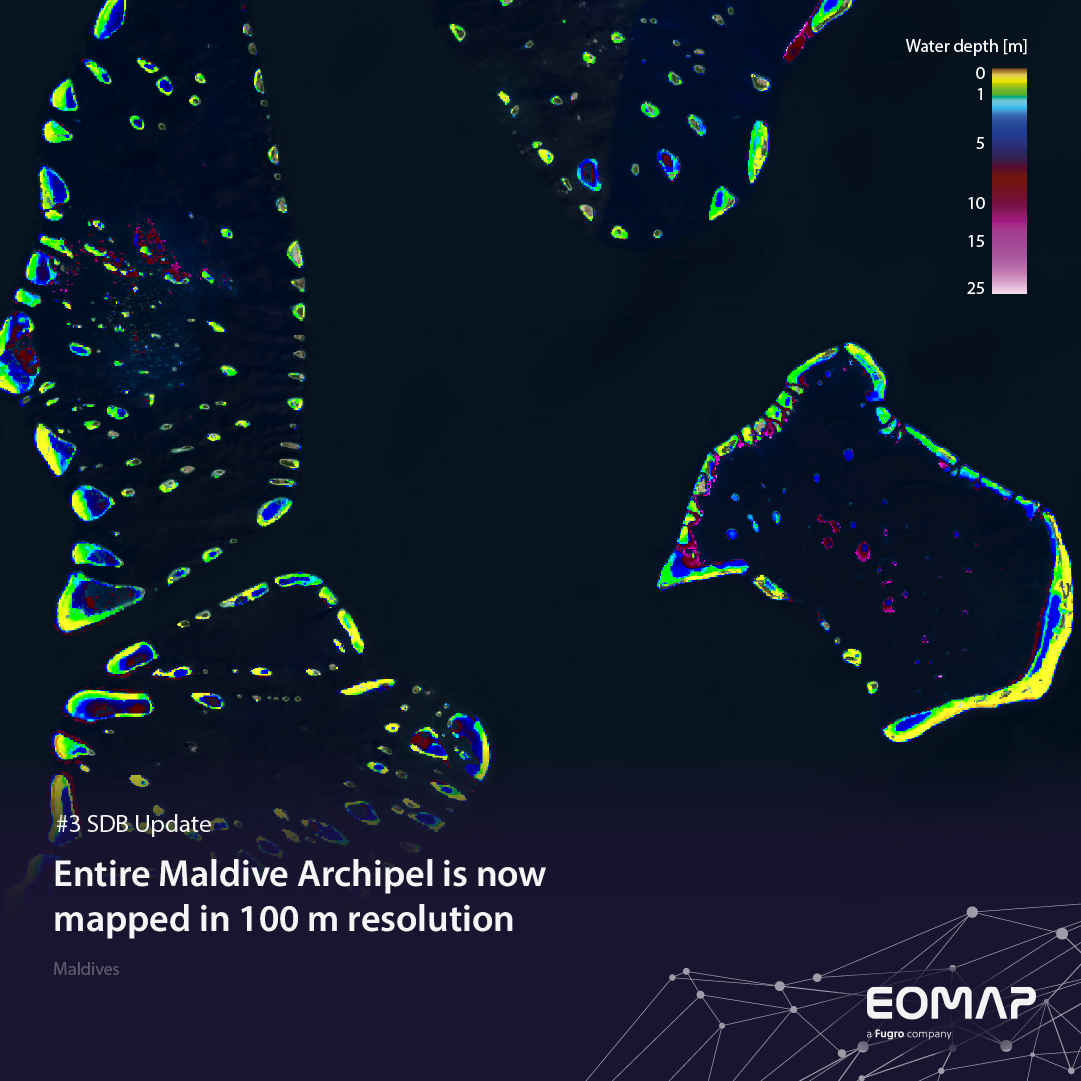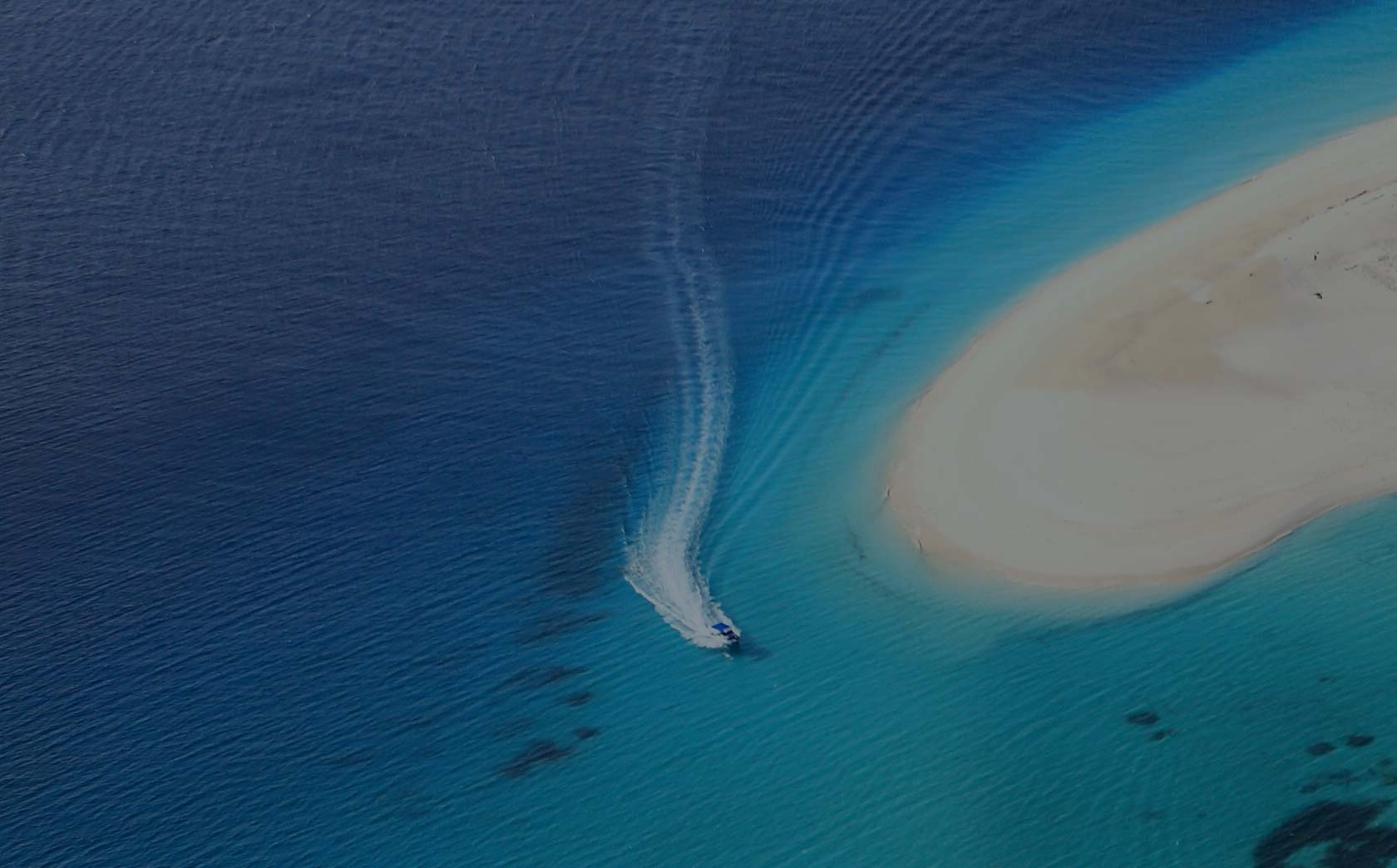“Un-mappable” Great Barrier Reef finally mapped!
German and Australian scientists today launched a set of groundbreaking, high resolution, shallow water topography maps for the entire Great Barrier Reef. These world-first digital maps of the coral reefs, using satellite derived depth (bathymetry) techniques, are a critical step towards identifying, managing and essentially preserving and protecting what lies within the waters of this global icon.
Project partner, Dr Robin Beaman of James Cook University, says “the product is different to anything else available, as until this product, nearly half of the shallow water reef area on the Great Barrier Reef had not been mapped using modern digital surveys. While these coral reefs are the most ecologically significant, they are also the most difficult to map due to being either too remote or because of their shallow nature, which makes them navigationally dangerous.”
Instead of relying on traditional surveying vessels or aircraft to map the many”un-mappable” areas of the reef, Germany-based aquatic remote-sensing company EOMAP used space-borne satellites to overcome these hurdles. The result is the largest project of its kind ever conducted in Australia, and possibly the entire world. The 3D water depth maps have a 30m horizontal resolution over approximately 350,000 km² of the Great Barrier Reef World Heritage Area and Torres Strait, providing not only more detailed individual reef data, but also a complete picture of earth’s largest coral reef ecosystem.
“This information is regarded as essential for any government or company involved with managing the reef environment,” states Professor Stuart Phinn, University of Queensland, another partner on the project.
The EOMAP product will aid the “big picture” assessments of the Great Barrier Reef including water quality modeling, measuring responses to both man-made and natural impacts, such as sediment transportation and tropical cyclones, and helping to predict the likely impacts of climate change effects, such as sea level rise and increased tropical cyclone frequency. It will also help target priority areas for more detailed data collection, for example with the vast improvements this promises to ocean current modeling, scientists can model crown of thorn starfish larval trajectories to where they are next likely to inhabit the Great Barrier Reef.
“There is often a disconnect between research and industry, where researchers generally look at changes on individual reefs and habitats,” comments Dr Nathan Quadros from the Cooperative Research Centre for Spatial Information, also a partner on the project. “But industry want the overall picture of the reef and this product brings the two together.”
All of the mapped areas, no matter how small, are available for purchase by anyone via the EOMAP website. A coarser product (500m spatial resolution) is also available, free of charge, together with sample data of the high resolution products.
Looking ahead, EOMAP has already demonstrated the viability of the next generation product: a 2m resolution version using DigitalGlobe’s Worldview-2 satellite.
“Based on our trials, this promises to be an even more astounding product,”says Dr Magnus Wettle, Senior Scientist at EOMAP. “To be honest, I’d like to see the Australian Government partner with us on this, our next endeavor, so that it would belong to Australia as a national resource,” he said.
“Having said that, our priority is to make it happen, so we have to be prepared to be pragmatic.”
EOMAP last week received an award from Copernicus (the European Commission remote sensing peak body) for its work on making affordable aquatic remote sensing products for industry and the public sector.
Visit our Great Barrier Reef Bathymetry site for further information and sample data access!
Latest EOMAP News
Reuters bases Mekong article on EOMAP data
Water Crisis in Iran – Lessons to be learned
Italian Webinar: Water Quality Monitoring from Space
Projektstart SEAGUARD
SDB Update #9 – Validation and Accuracy
New Storymap: Bathing Water Monitoring from Space
Related Posts

10 / 2025
SDB Update #9 – Validation and Accuracy

10 / 2025
SDB Update #8 – Multisource Bathymetry

08 / 2025
SDB Update #7 – Topobathy of the Red Sea

07 / 2025
SDB Update #6 – Satellite-based Topobathy Models

07 / 2025
SDB Update #5 – Storymap on Satellite-Derived Bathymetry

06 / 2025
SDB Update #4 – Northern Canada’s shallow waters mapped in 100 m

06 / 2025
SDB Update #3 – The Maldives’ shallow waters mapped in 100 m

05 / 2025
SDB update #2 – The Bahamas mapped in 10 m

05 / 2025
SDB update #1 on Australia: All shallow waters mapped

12 / 2024


